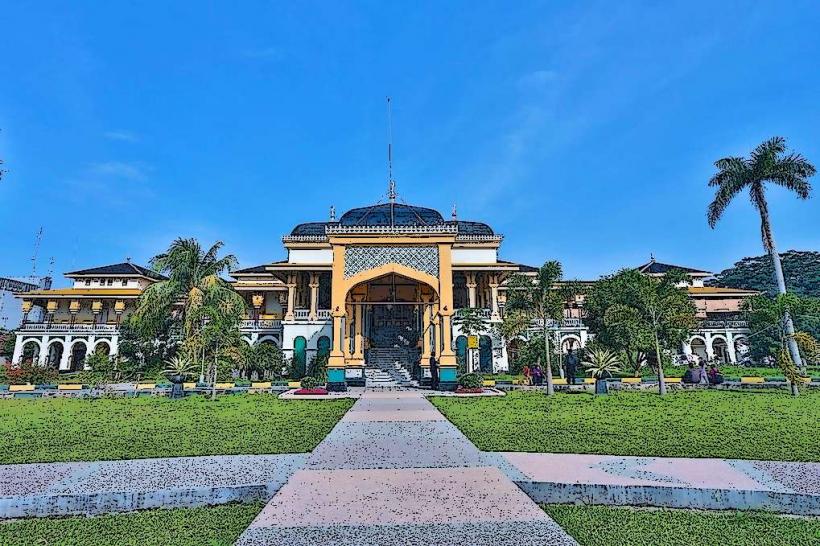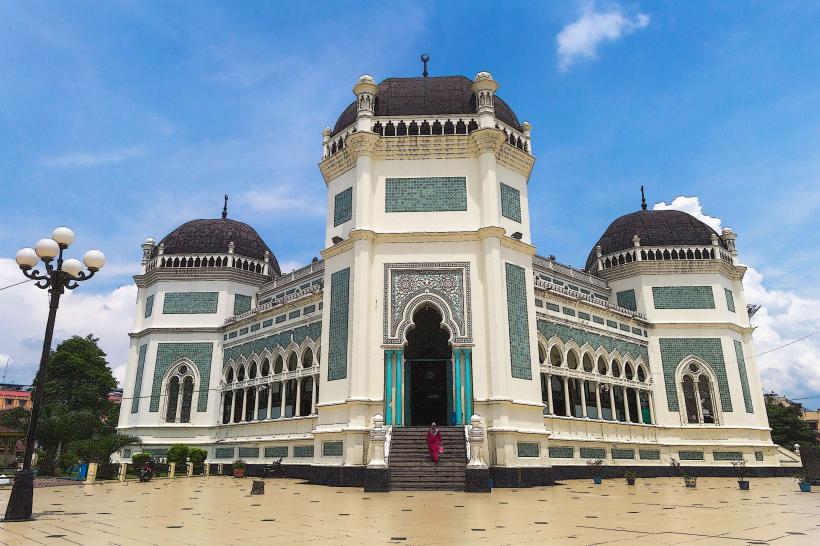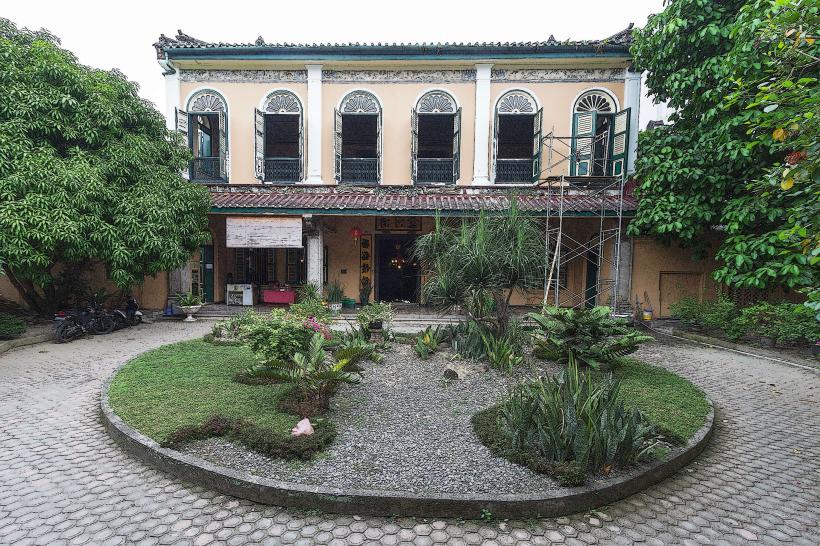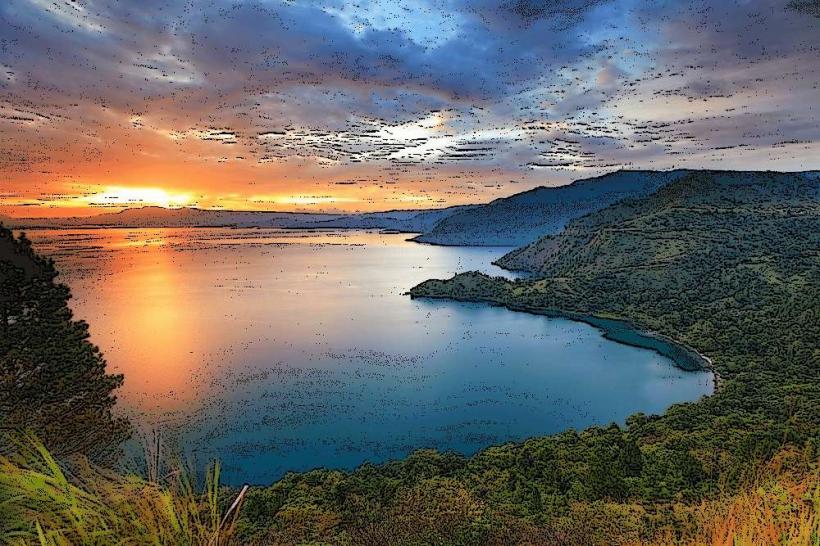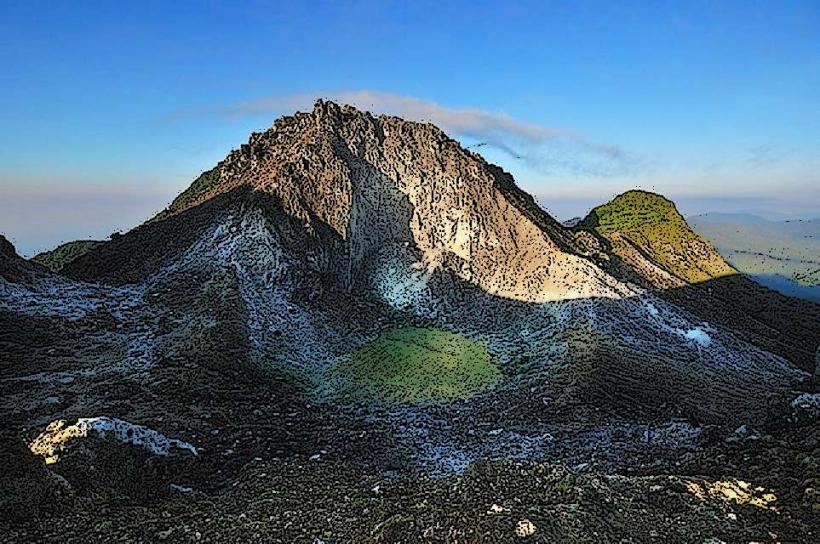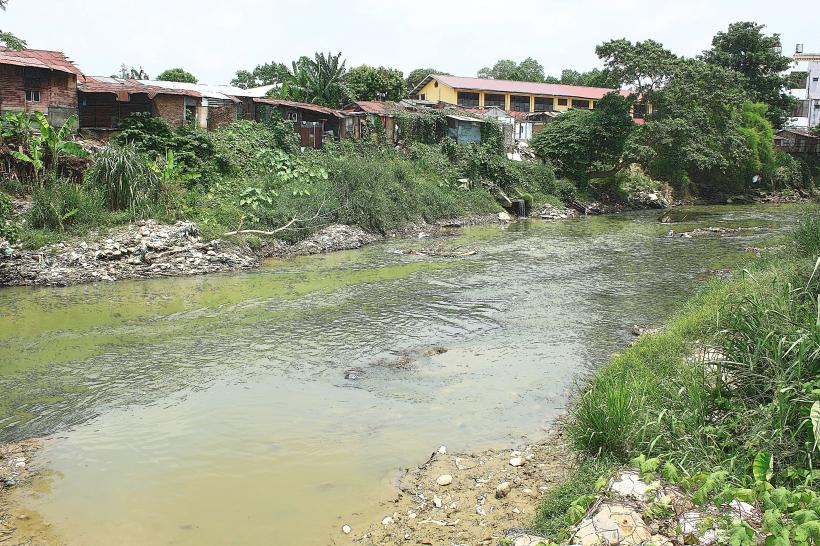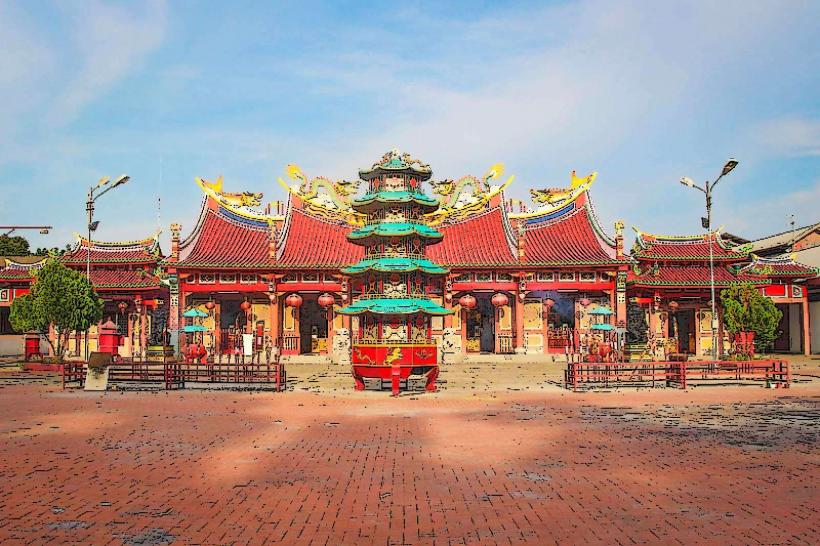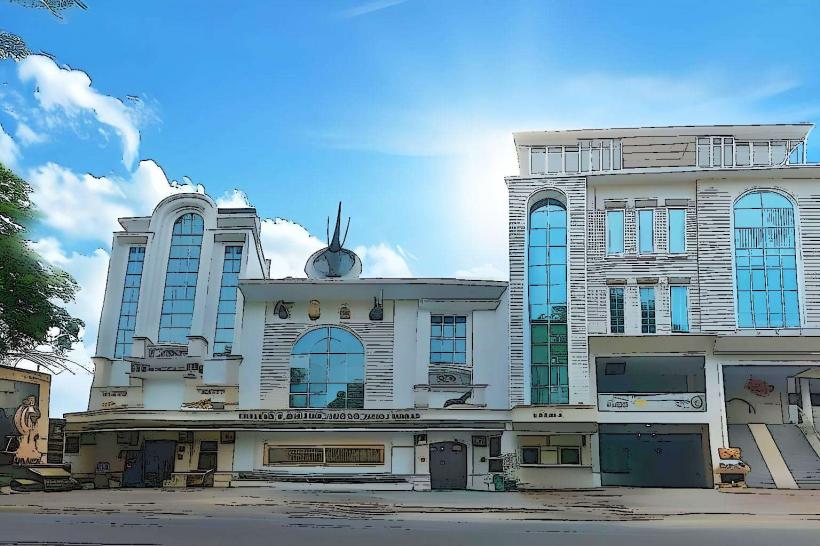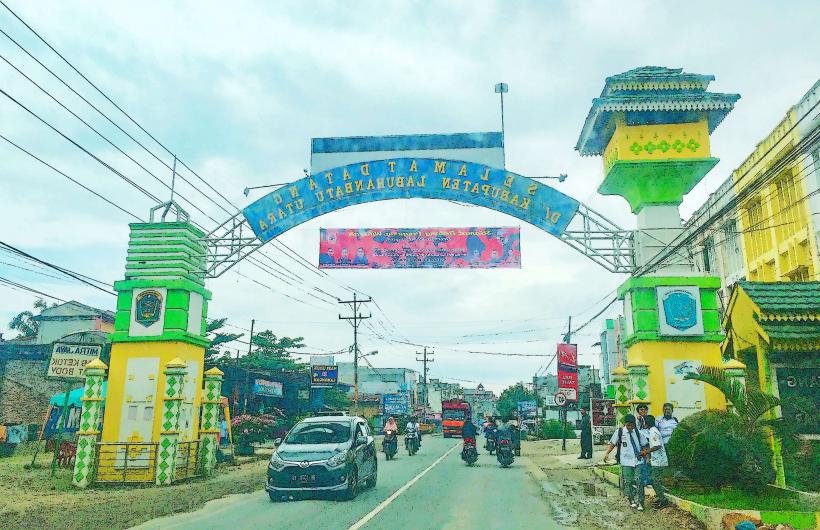Information
Landmark: BerastagiCity: Medan
Country: Indonesia
Continent: Asia
Berastagi is a popular highland town located in North Sumatra, Indonesia, known for its cool climate, beautiful landscapes, and proximity to two active volcanoes. It is a well-known destination for both locals and international tourists looking to enjoy nature, adventure, and cultural experiences.
Here’s a detailed overview of Berastagi:
Overview of Berastagi
- Location: North Sumatra, Indonesia, approximately 66 km (41 miles) south of Medan, the provincial capital.
- Altitude: Situated at an altitude of around 1,300 meters (4,265 feet) above sea level, providing a refreshing escape from the hot lowlands.
- Climate: Berastagi enjoys a cool temperate climate, with temperatures ranging from 17°C to 22°C (63°F to 72°F), making it a popular destination for people seeking a cool retreat.
- Tourism: Known for its volcanic landscape, lush green hills, and traditional Batak culture, Berastagi attracts tourists who seek a blend of adventure and relaxation.
Geological Significance
Berastagi is located in a volcanic region, surrounded by two active volcanoes:
- Mount Sinabung:
- Height: 2,460 meters (8,071 feet)
- Sinabung is one of the most active volcanoes in Indonesia, with frequent eruptions in recent years. Despite the volcanic activity, the area around Sinabung offers stunning views of the surrounding countryside and is popular for hiking.
- Recent Eruptions: Mount Sinabung erupted in 2010, 2013, and more recently in 2020, causing occasional disruptions in the region, but also contributing to its geological significance.
- Mount Sibayak:
- Height: 2,213 meters (7,260 feet)
- Sibayak is a slightly less active volcano compared to Sinabung but is a popular destination for trekking and outdoor activities. The volcano has a crater that emits steam and sulfuric gas, making it a fascinating geological site to explore.
- The hike to the summit of Mount Sibayak offers panoramic views of Berastagi and the surrounding areas.
Both mountains are part of the volcanic belt of Sumatra, contributing to the region’s unique landscape and fertile soil, which supports the cultivation of various agricultural products.
Attractions and Activities in Berastagi
Mount Sibayak Trekking:
- A popular activity for adventurous visitors is hiking up Mount Sibayak. The trek typically takes around 3-4 hours to reach the summit, where you can enjoy the crater with steam vents and panoramic views of Berastagi and the surrounding area.
- The journey is relatively easy for trekkers with moderate fitness, and it’s a fantastic way to experience the area’s natural beauty.
Mount Sinabung:
- While climbing Sinabung is not permitted due to its volcanic activity, visitors can still enjoy views of the mountain from various vantage points around Berastagi. The nearby Karo Highlands provide excellent spots for photography and scenic views of the volcano.
Berastagi Fruits Market:
- Berastagi is known for its agriculture, and its fruits market is a must-visit. The market is famous for fresh, locally grown produce such as strawberries, oranges, tomatoes, passion fruits, and more. Visitors can buy fresh fruit or visit the various stalls selling fruit-based products like jams, juices, and candies.
Lake Lau Kawar:
- Lake Lau Kawar is a small lake situated at the foot of Mount Sinabung, offering a serene atmosphere surrounded by lush vegetation and beautiful landscapes. Visitors can enjoy activities like boating, fishing, or simply relaxing by the lake.
Taman Mejuah-juah:
- This is a viewpoint located on the road to Berastagi, offering spectacular views of the surrounding valleys and volcanoes. It’s a great spot for taking photos and enjoying the natural scenery.
Julu Village:
- Located near Berastagi, Julu Village is known for its traditional Batak Karo culture. Visitors can explore the Batak houses, visit the traditional rice barns, and learn about the unique customs and lifestyles of the Karo people.
Cultural and Traditional Significance
Batak Karo Culture:
- Berastagi is part of the Karo Batak cultural region. The Karo people, one of the subgroups of the Batak ethnic group, have unique traditions, language, and customs.
- Traditional Karo Batak houses, with their distinct architecture and intricate carvings, can be seen in the surrounding villages. Visitors can learn about the Karo people’s way of life, their agricultural practices, and their community-based rituals.
Traditional Ceremonies and Festivals:
- The Karo Batak people hold numerous traditional ceremonies, such as the wedding ceremonies, which are marked by colorful attire, music, and dancing. Visitors may have the opportunity to witness such events if they visit during festive seasons.
Other Attractions in the Area
Lingga Waterfall:
- Located near Berastagi, Lingga Waterfall is a peaceful spot where visitors can enjoy the natural beauty of the cascading water surrounded by lush greenery. It is a great place for hiking, photography, and nature walks.
Gundaling Hill:
- Gundaling Hill is another great location for enjoying views of Berastagi and its volcanoes. Visitors can either drive or hike to the top of the hill, where they can enjoy a panoramic view of the entire region, including the surrounding valleys and mountains.
Hot Springs:
- Berastagi is known for its natural hot springs. Visitors can relax in the warm waters of Hot Springs Lau Debuk-debuk, located just outside the town, which is known for its therapeutic properties.
Cultural Cuisine in Berastagi
Berastagi offers a variety of local dishes, often influenced by the Batak Karo people. Some must-try dishes include:
- Saksang: A traditional Batak dish made from pork or dog meat, cooked with spices and blood, creating a unique flavor.
- Arsik: A Batak-style fish dish, usually prepared with carp and cooked with spices and herbs like turmeric and ginger.
- Nasi Gurih: A type of rice dish served with coconut milk, similar to Nasi Lemak, often accompanied by side dishes such as fried chicken or vegetables.
- Fresh Fruit: With Berastagi’s fertile land, the region is abundant in fruits like passion fruit, strawberries, oranges, and tangerines, which are commonly used in local dishes and juices.
Getting to Berastagi
By Air:
- The nearest airport is Kualanamu International Airport in Medan. From there, visitors can take a private car, tour bus, or public transport to reach Berastagi, which is about 2 to 3 hours away by road.
By Land:
- Berastagi is well-connected by public buses and minivans from Medan. Alternatively, visitors can opt for taxis or private vehicles for a more comfortable journey.
Best Time to Visit
The best time to visit Berastagi is during the dry season between May and October when the weather is cooler and there is less rainfall. The town is a popular destination year-round, but the weather is most pleasant during these months.
Conclusion
Berastagi is an excellent destination for those seeking a cool climate, natural beauty, and a taste of traditional Batak culture. With its active volcanoes, scenic landscapes, agricultural products, and rich heritage, Berastagi offers a variety of experiences for travelers. Whether you’re hiking up a volcano, exploring local markets, or immersing yourself in local traditions, Berastagi is a destination that provides both adventure and tranquility.

